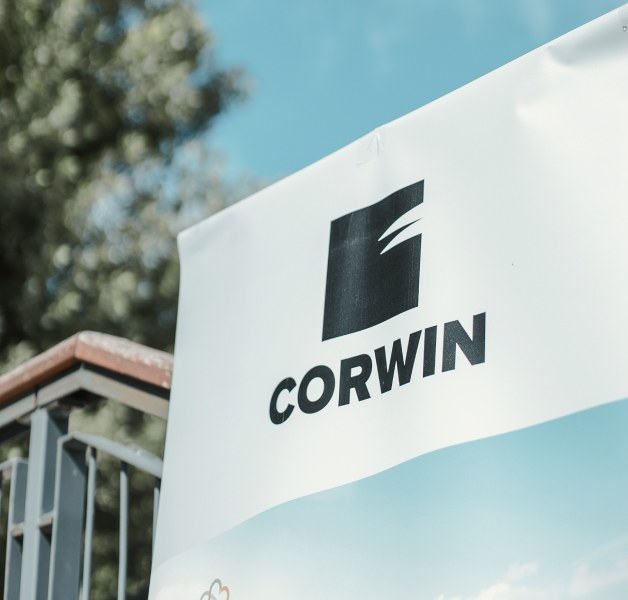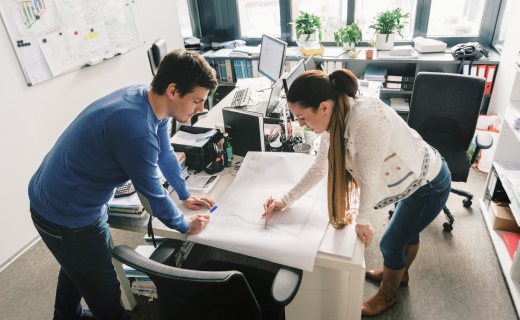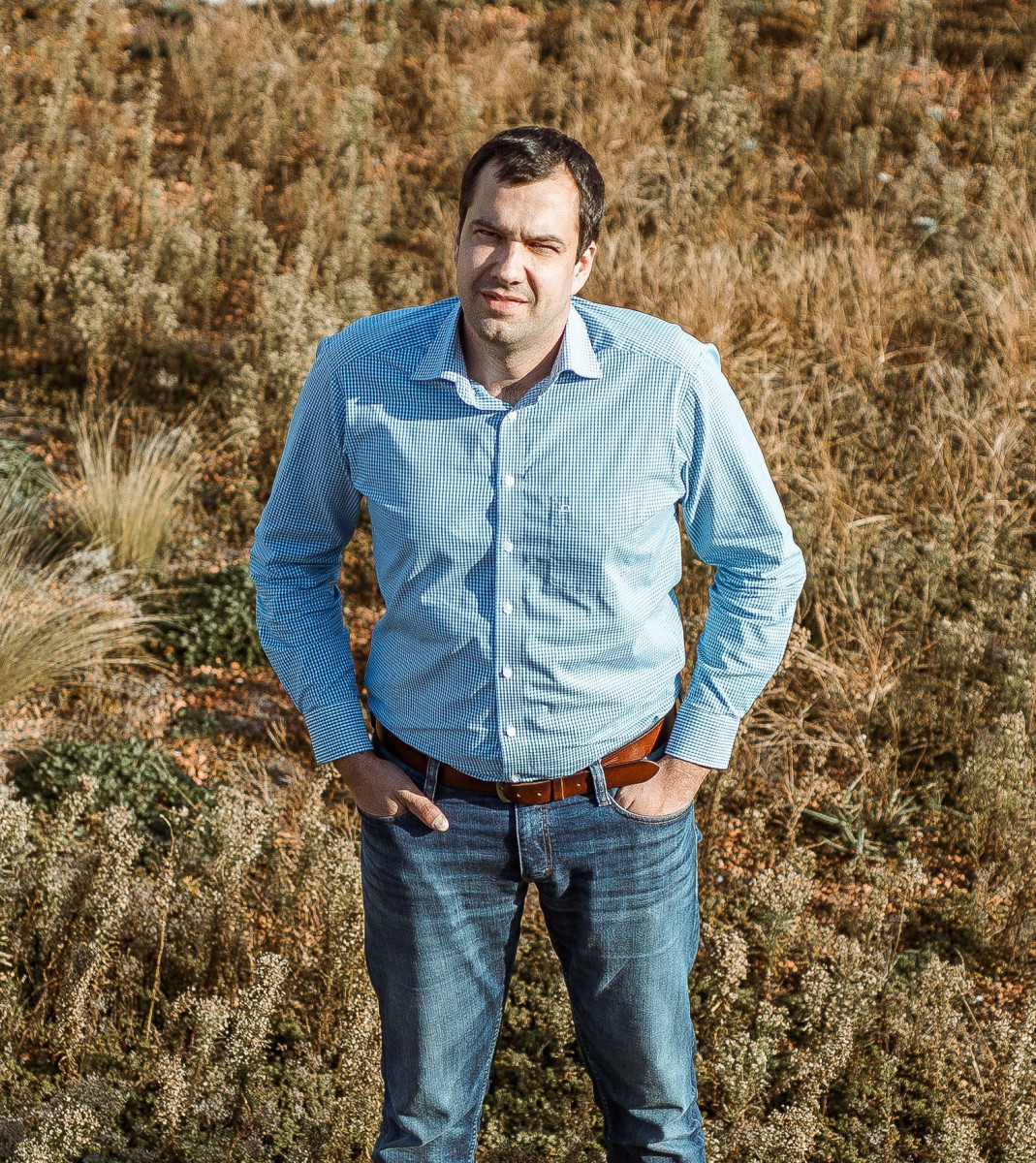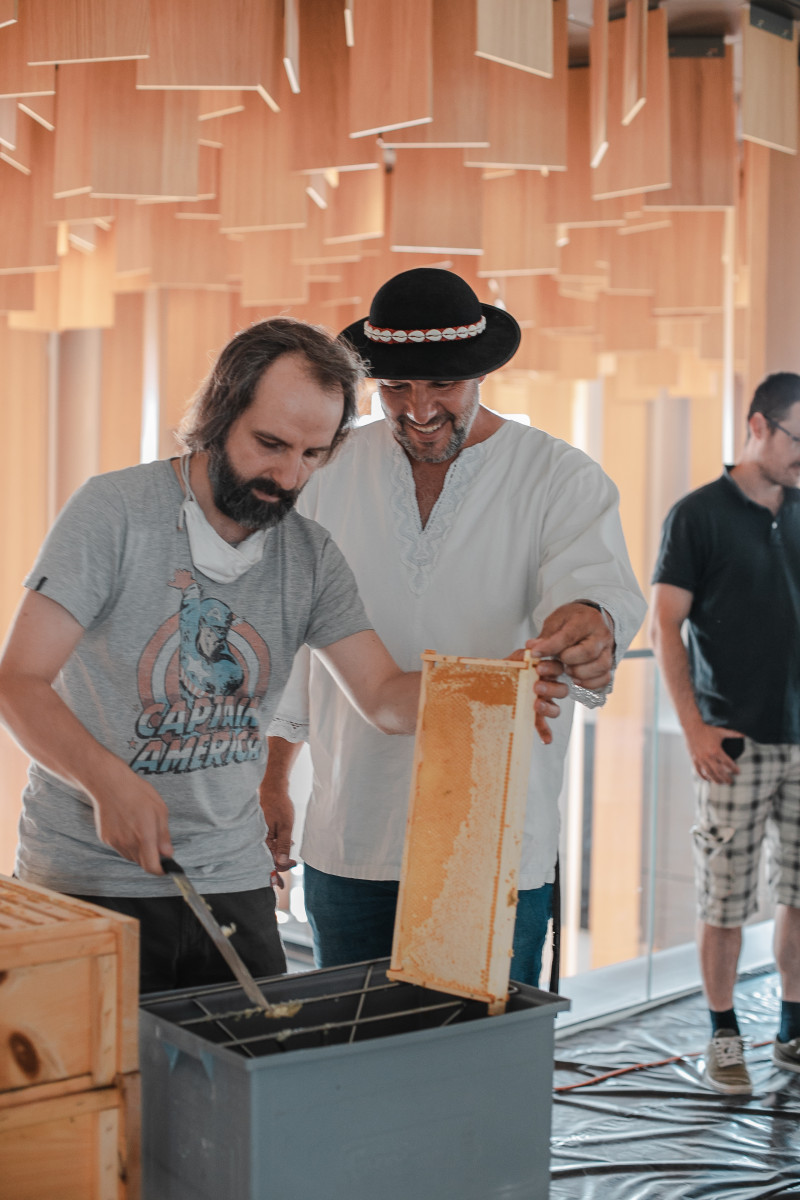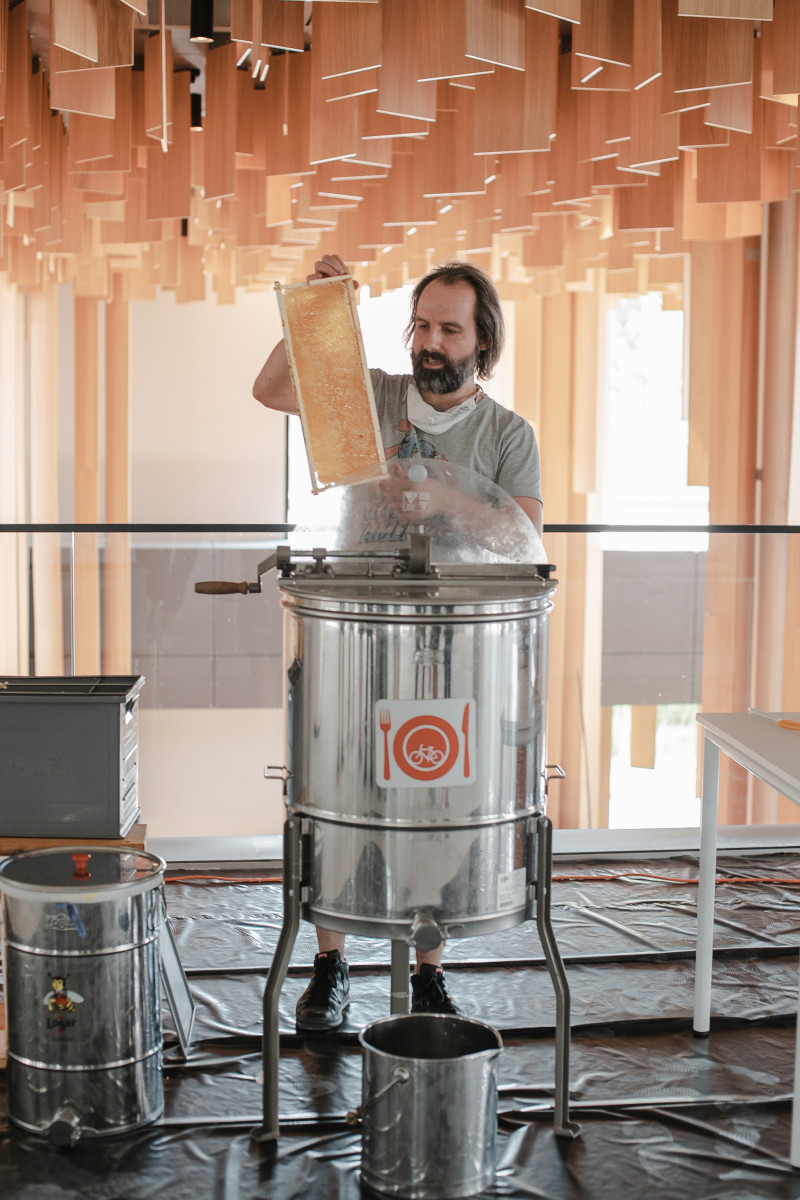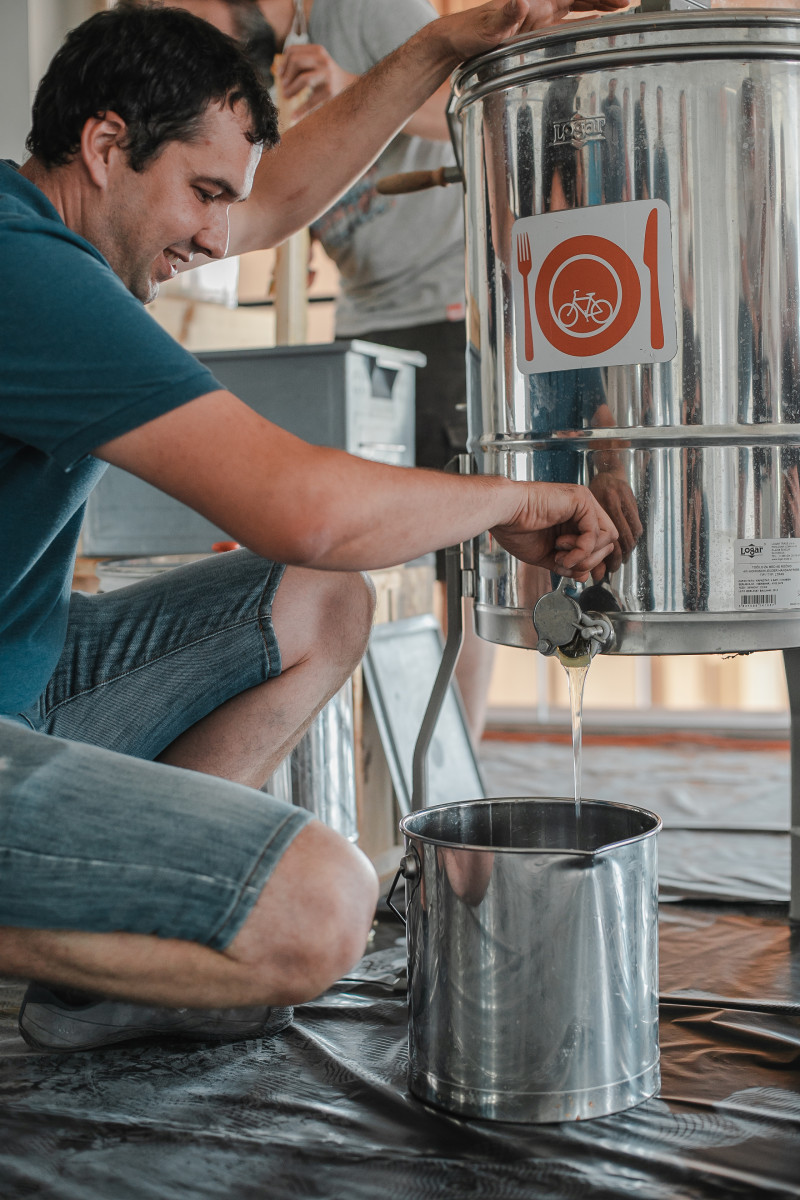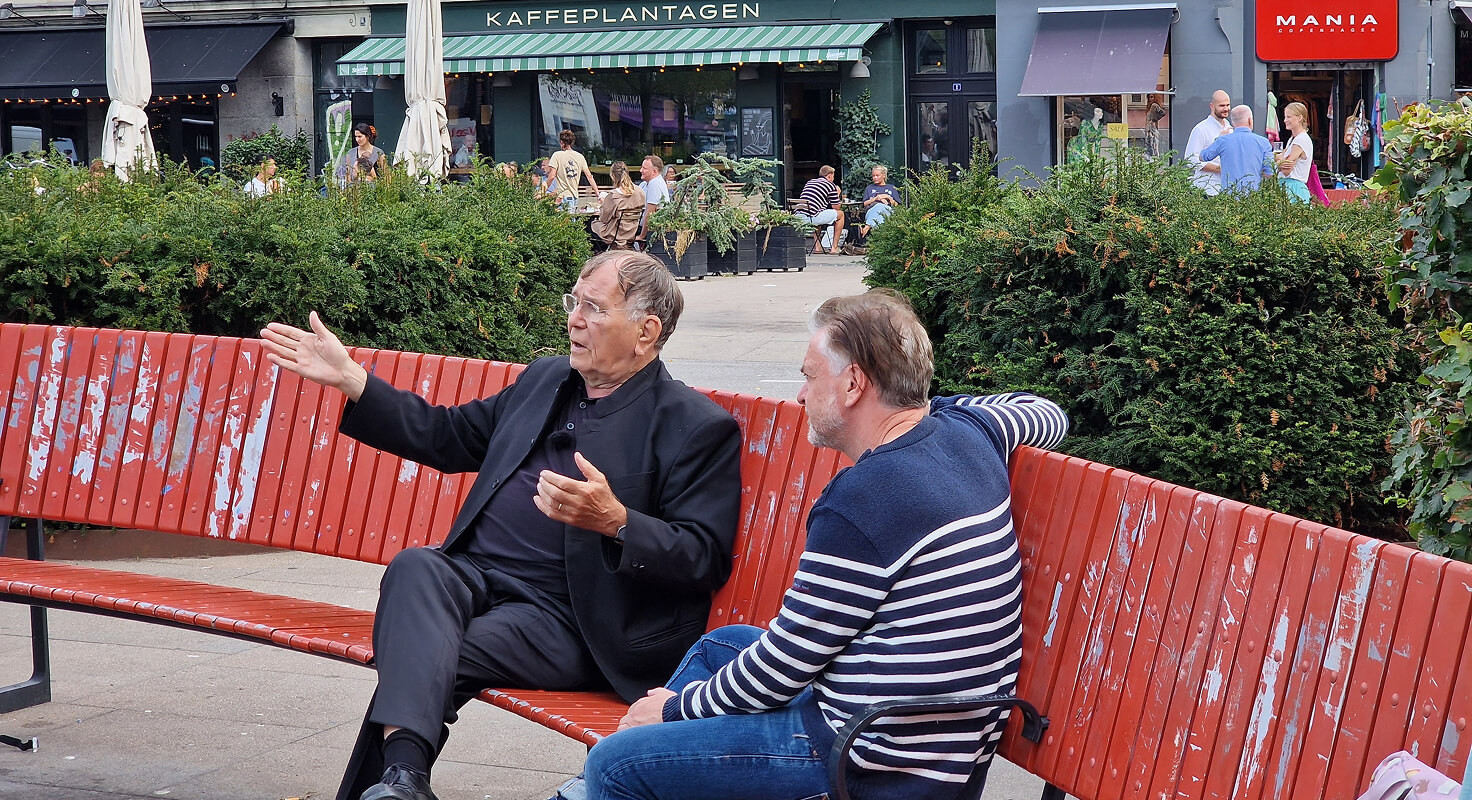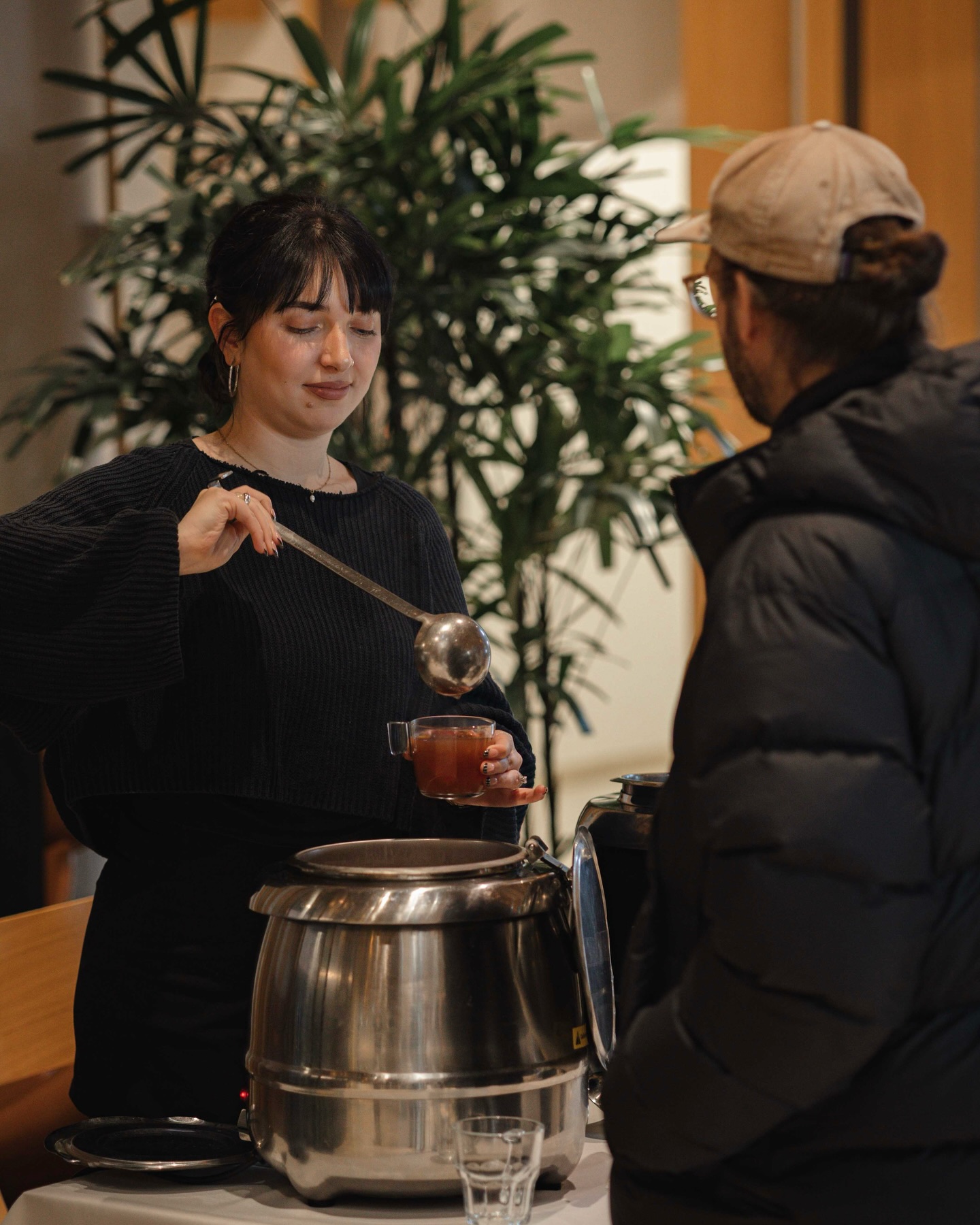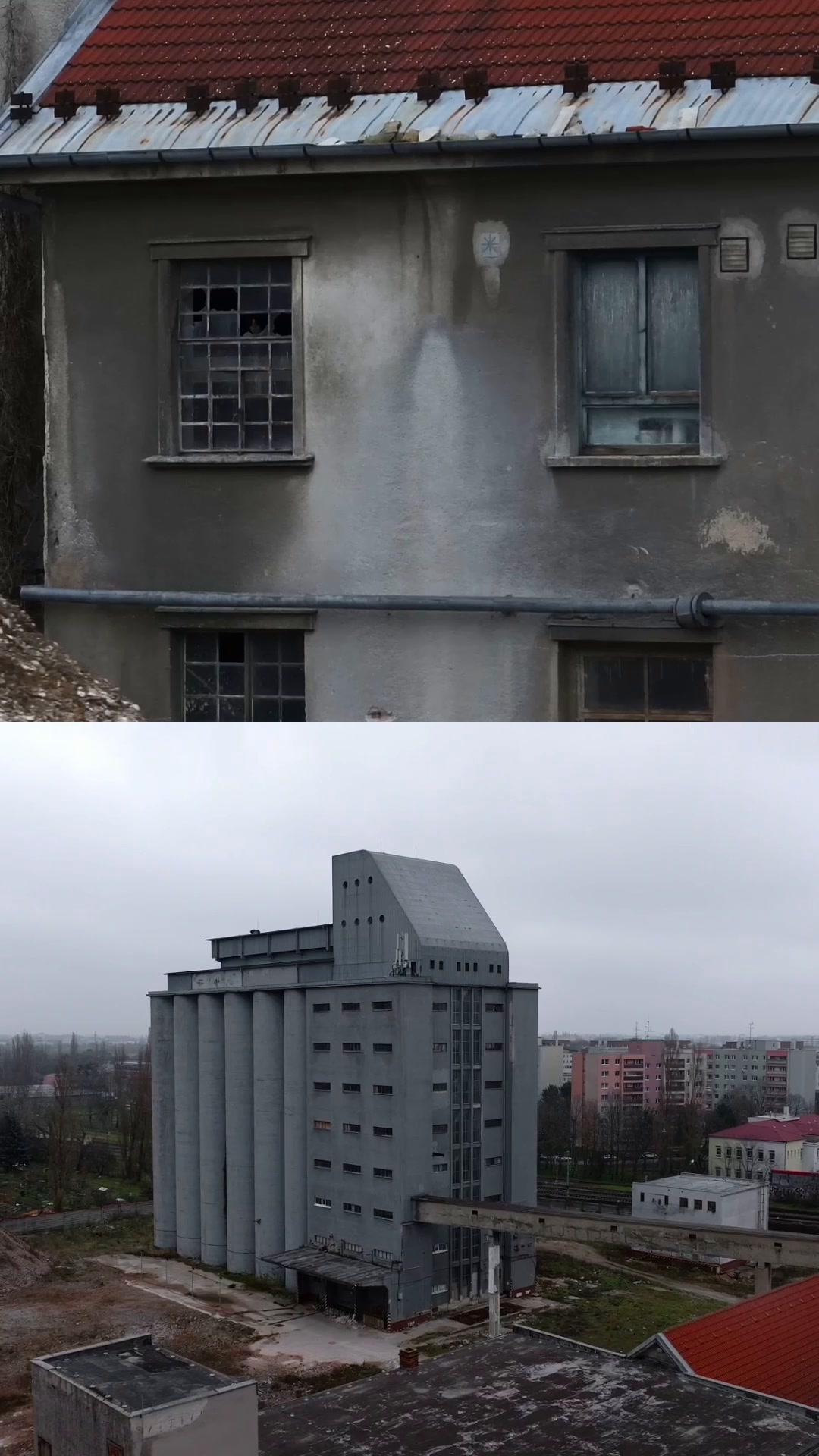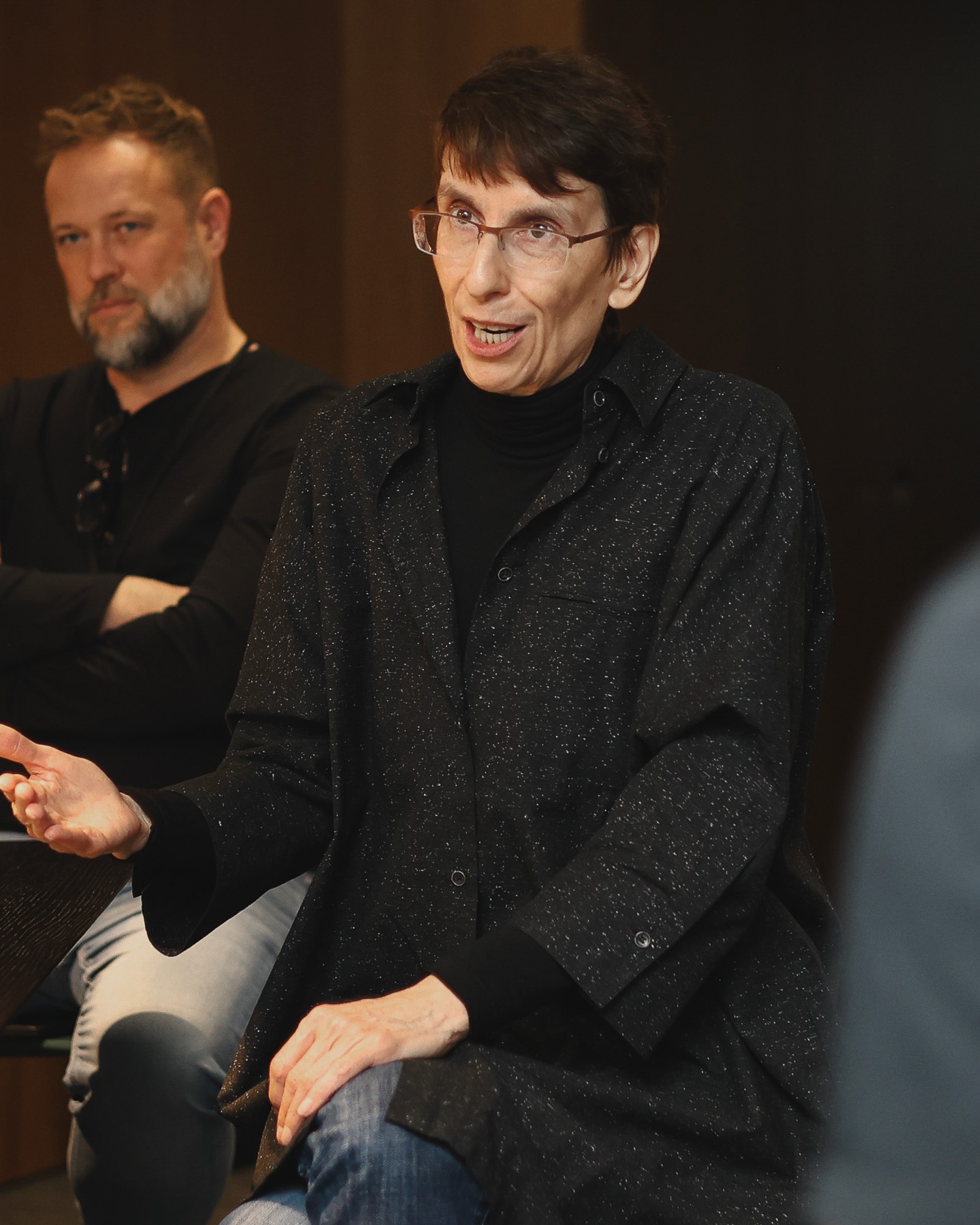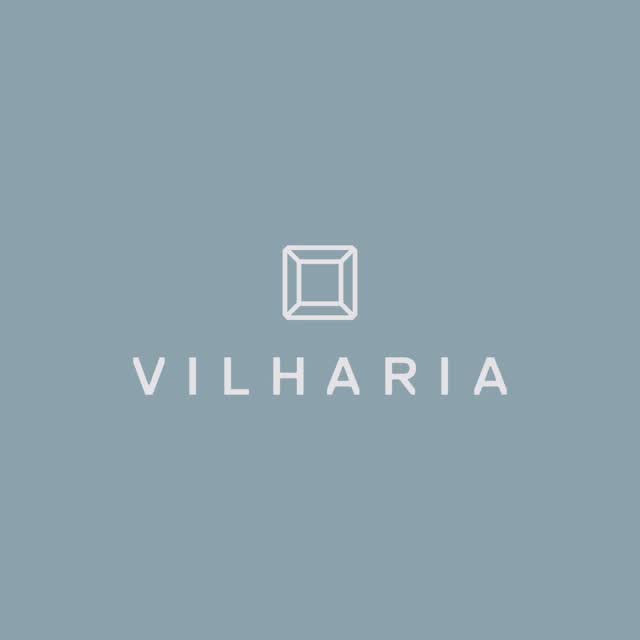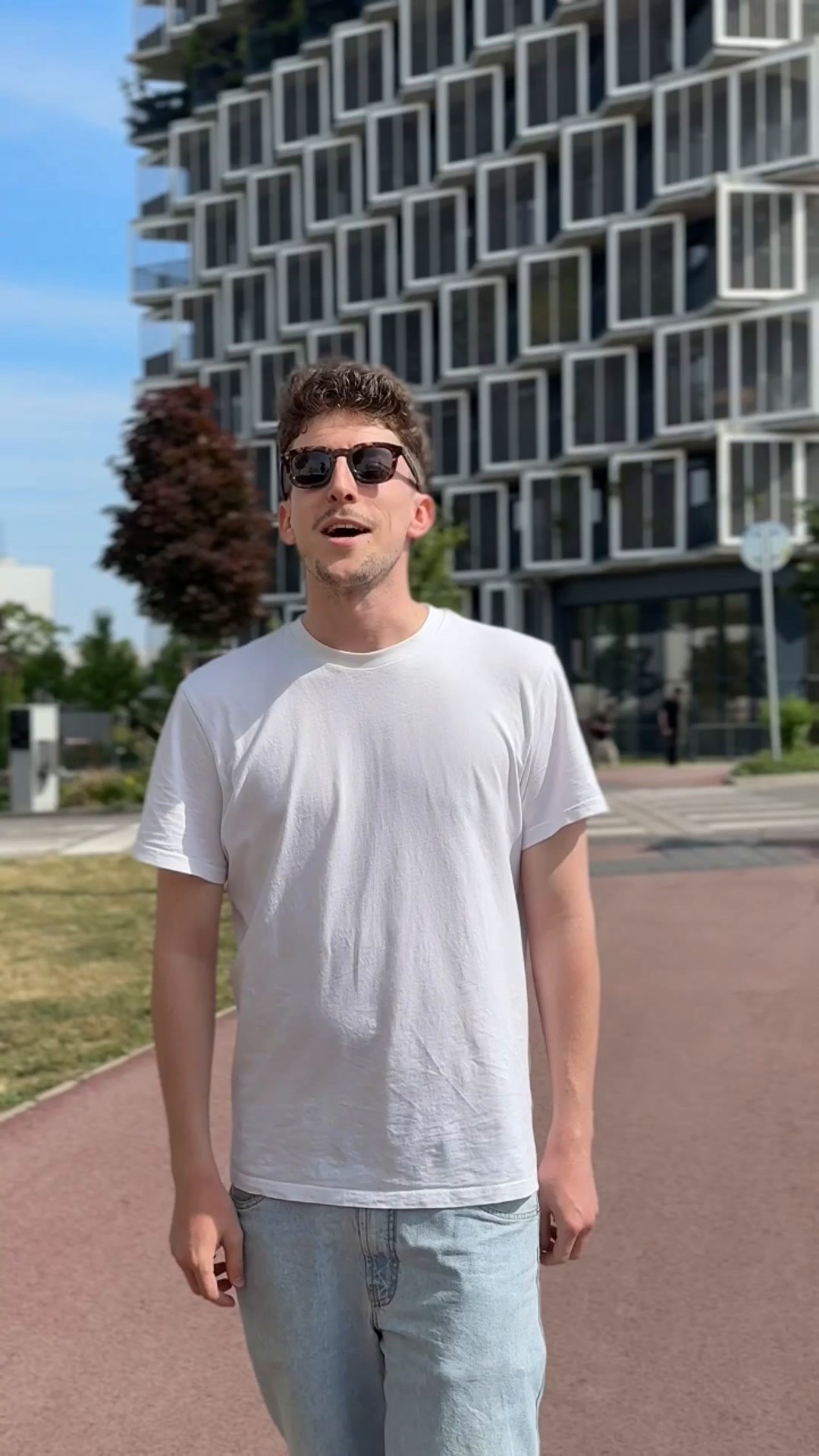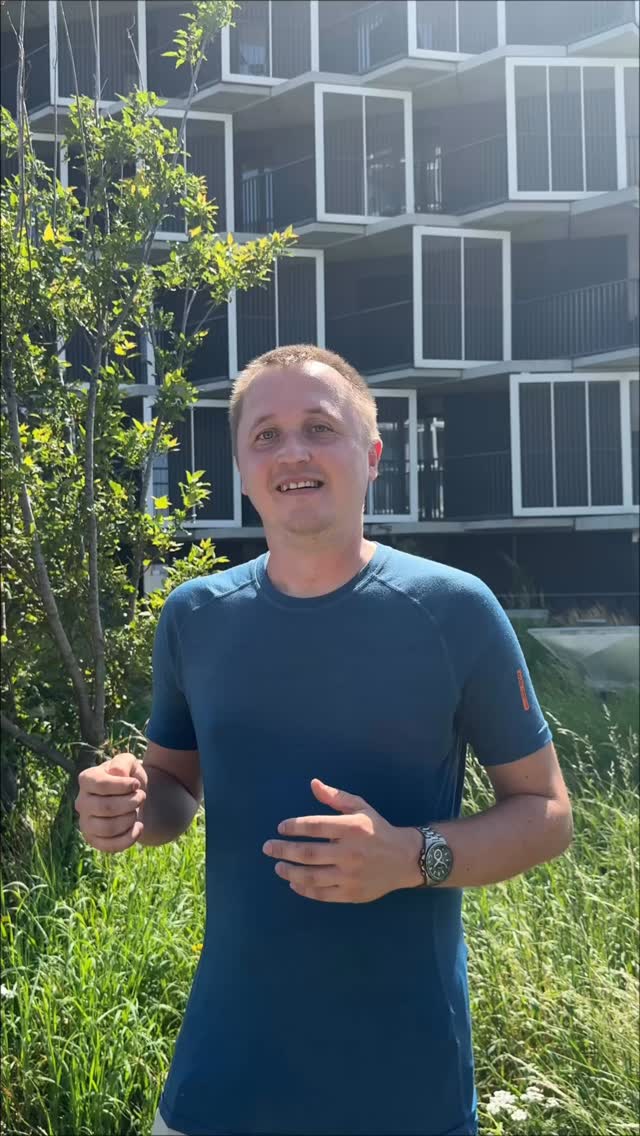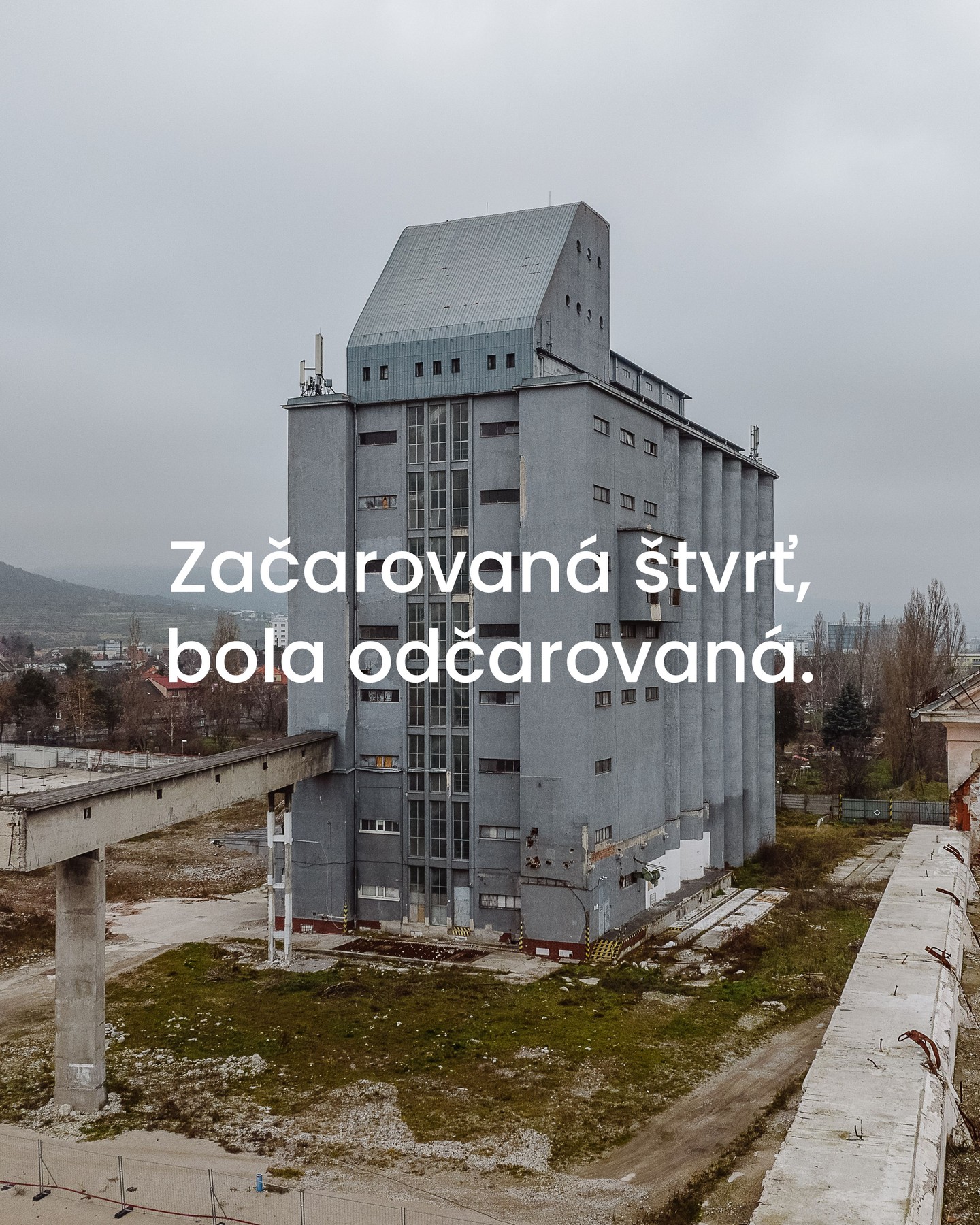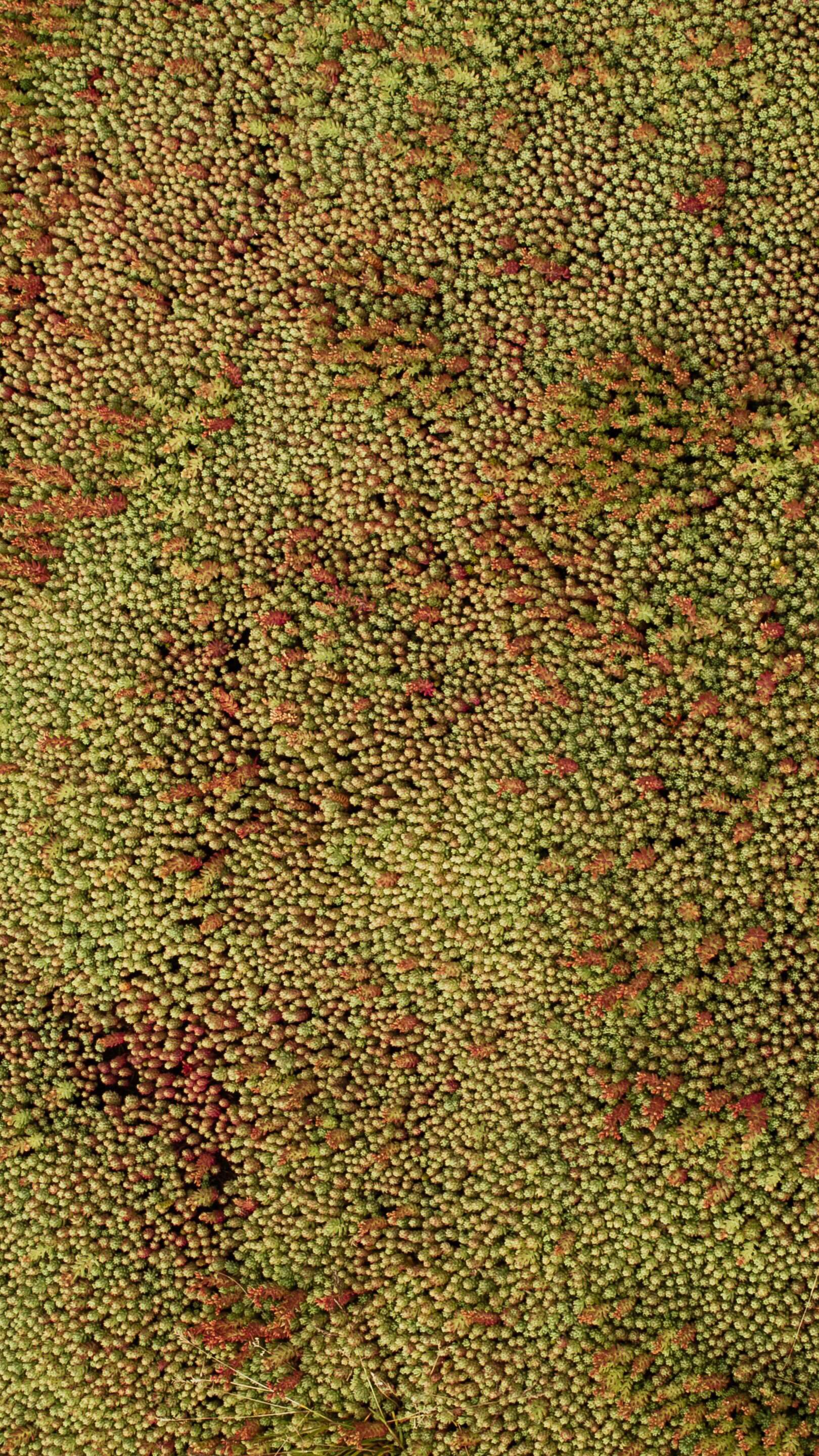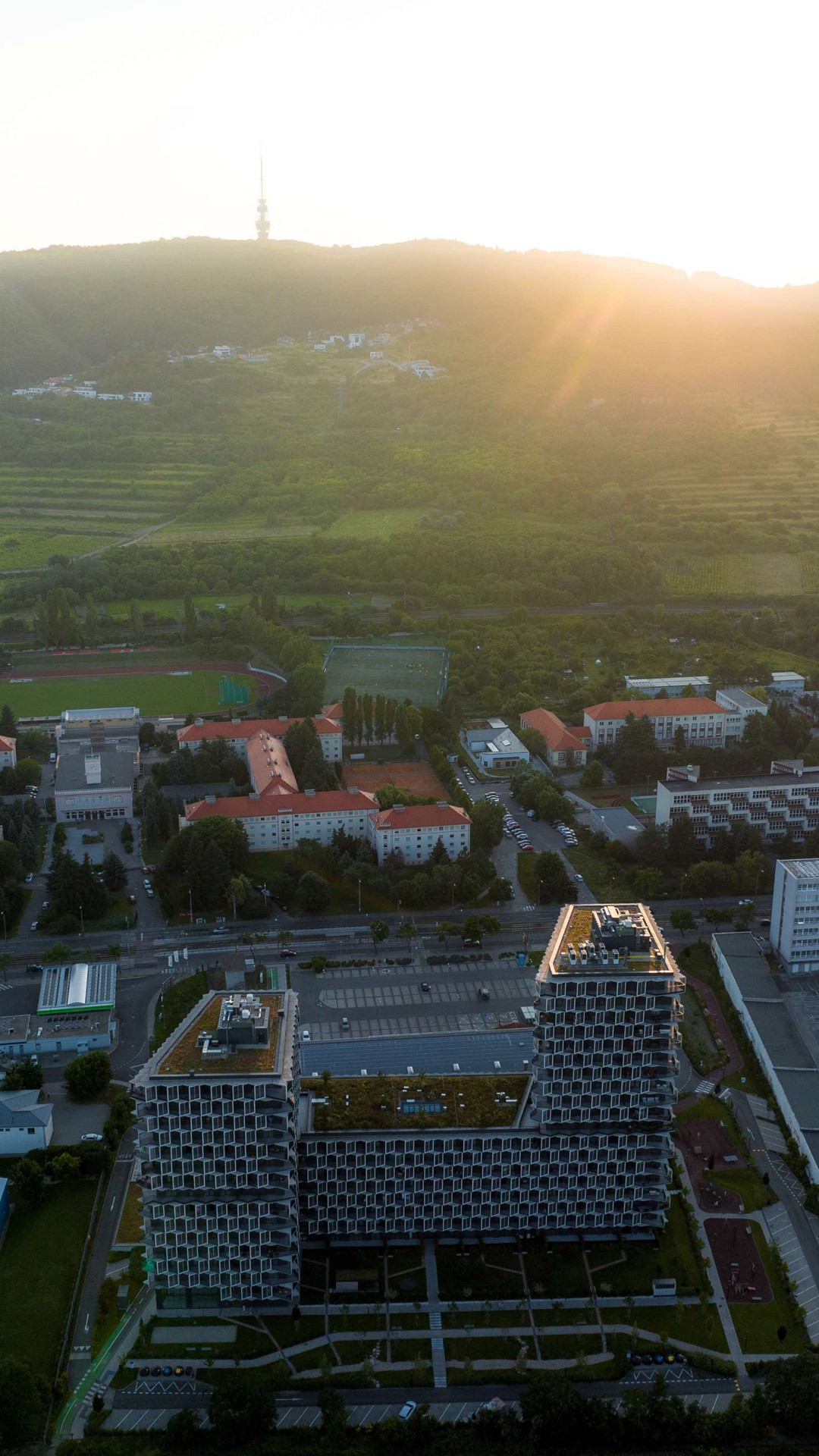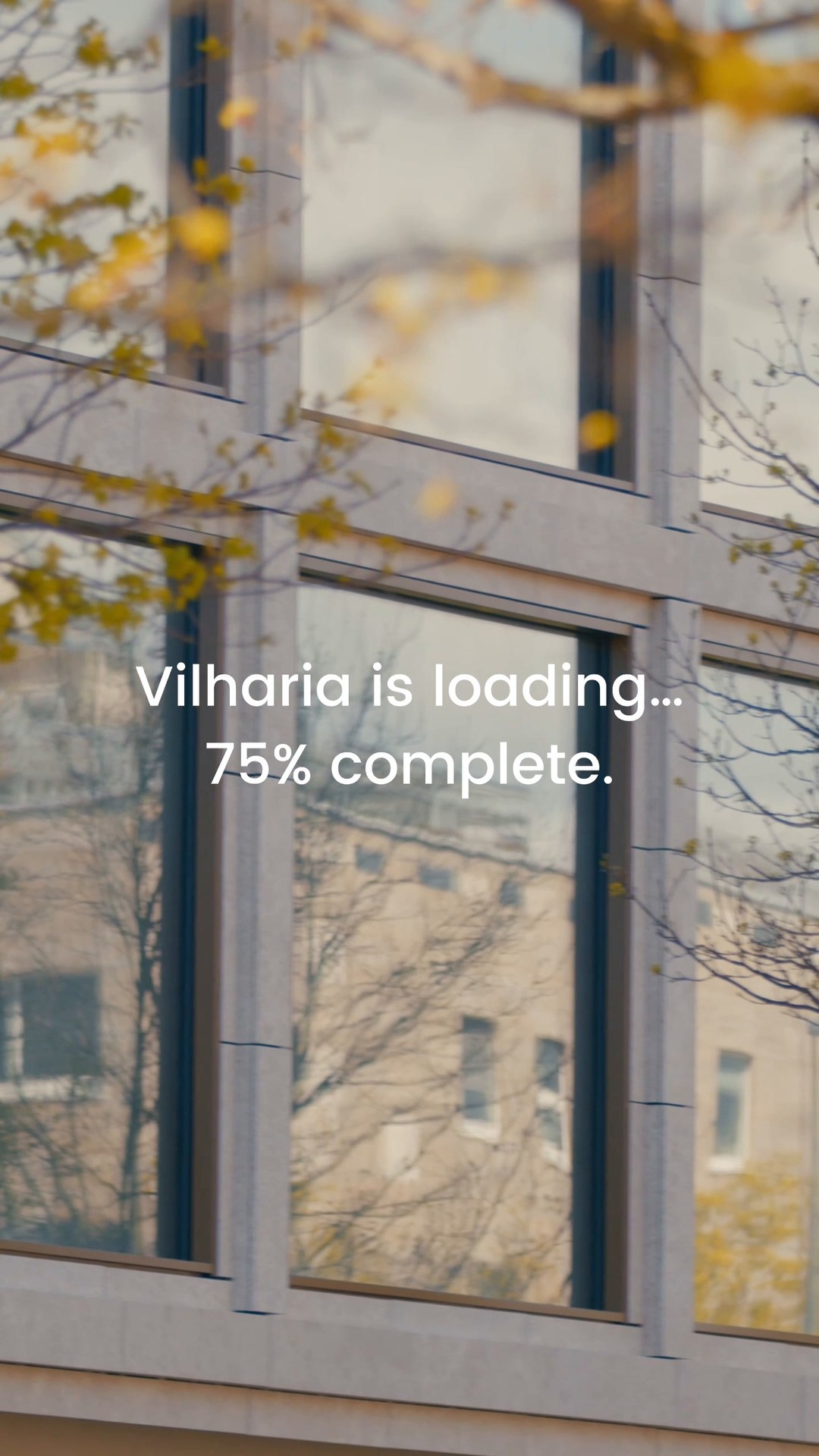Už je to rok odkedy sme na strechy najzelenšej office budovy na Slovensku osadili 7 včelích úľov. Vďaka starostlivosti včelára Tomáša Blaškoviča, ktorý sa stará napríklad aj o včely v prezidentskom paláci, sa im u nás darilo a za ten čas rozhodne nezaháľali. Naši najpilnejší zamestnanci nám už totiž vyrobili prvý med!

Stáčanie medu v Einpark Offices
A mesto bzučí životom
Zatiaľ čo množstvo včelstiev opeľuje veľké vysadené plochy iba s jedným druhom rastlín, naše včely majú pestrý výber potravy. Pri svojej ceste za peľom a nektárom doletia až 5 kilometrov od úľa, takže okrem takmer štyridsiatich druhov rastlín na zelených strechách Einparku sa môžu vybrať na lov aj do Pečnianskeho lesa, Sadu Janka Kráľa, botanickej záhrady, či do mnohých mestských parkov. V meste majú celoročnú pastvu a na rozdiel od vidieka nemusia opeľovať polia postriekané chemikáliami. Med, ktorý takto vyprodukujú, môže preto byť aj zdravší, kvalitnejší a vyznačovať sa pestrou kombináciou chutí.
Stáčanie medu v Einpark Offices
Stáčala už celá firma
Na prvý med od našich včiel sme sa už dlho tešili, takže ho do Einparku prišli stáčať a ochutnávať všetci. Nemuseli sme sa báť, že na nás nezostane, keďže na našej streche od jari bez prestávky pracovalo 350 000 včiel, ktoré vyrobili až 145 kg medu. O ten sa podelíme aj s našim nájomcom Mercedes-Benz, ktorý sa s nami na ochrane včelstva podieľa.

Stáčanie medu v Einpark Offices
Včela medonosná je jedným z najdôležitejších živočíchov na planéte, ktorý je však aj u nás naďalej ohrozený. Sme preto veľmi radi, že nám naša práca umožňuje robiť niečo pre jej záchranu a veríme, že aj na ďalších projektoch sa nám podarí nájsť miesto pre našich pilných medonosných kolegov.
